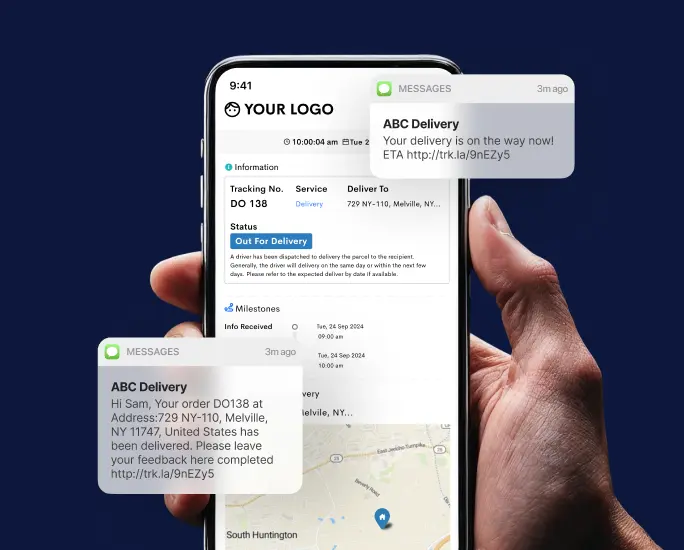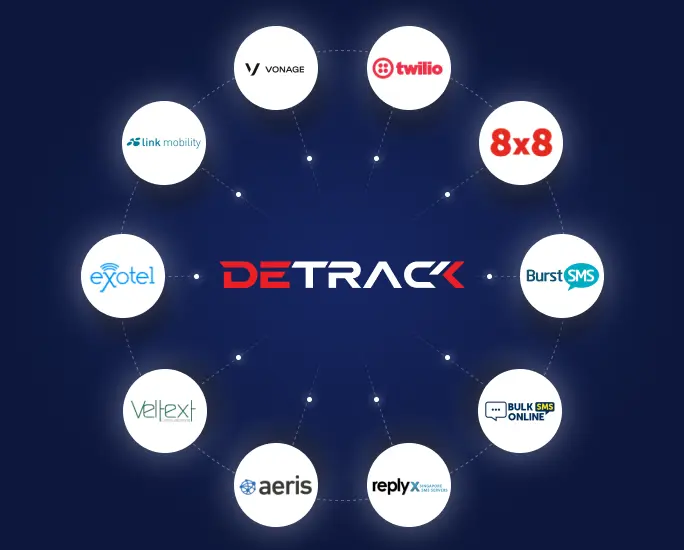In today’s courier services industry, more and more companies are turning to centralized dispatching. What is centralized dispatching, you ask? Well, let me tell you!
With centralized dispatching, all orders for couriers are routed through a single call center. This helps to ensure that all orders are handled promptly and efficiently.
In addition, centralized dispatching allows couriers to communicate with each other and share information about the best routes, traffic updates, and more. This makes it easier for them to collaborate and complete deliveries as quickly as possible.
In this blog post, we will discuss the benefits of a centralized dispatch system and how it can help your business run more smoothly.

What is Centralized Dispatching?
Centralized dispatching is a system used by courier companies to manage the transportation of packages and other items. This system allows a company to track its drivers, vehicles, and resources in real-time and to optimize routes and schedules based on current conditions.
Centralized dispatching can be used for local, regional, or national deliveries. For example, a company with a large fleet of vehicles might use a centralized dispatch system to track its vehicles across the country. This would allow the company to see where its vehicles are at all times and to make sure that they are being used efficiently.
Courier companies often use centralized dispatch systems to manage their drivers as well. This allows the company to see where its drivers are and to make sure that they are following the most efficient routes. The company can also use the system to communicate with its drivers and send them updates on their delivery schedules.
A centralized dispatch system can be used for a variety of other purposes as well. For example, some companies use these systems to track their inventory and to make sure that they have the right products in stock.
Other companies use these systems to track the progress of their projects and to make sure that they are on schedule.
Centralized vs. Decentralized Dispatching
There are two main types of dispatch systems: centralized and decentralized. In a centralized system, all of the data is stored in one central location.
This can be convenient for companies that have many different locations or that need to track their resources across multiple states or countries. However, it can also be more expensive to set up and maintain a centralized system.
In a decentralized dispatching system, the data is spread out across multiple locations. This can be more convenient for companies that only have a few locations or that only need to track their resources in one state or country. However, it can be more difficult to keep track of all of the data in a decentralized system.
Which type of system is right for your company depends on your needs. If you have a large fleet of vehicles, or if you need to track your resources across multiple states or countries, a centralized system might be the best option.
If you only have a few locations, or if you only need to track your resources in one state or country, a decentralized dispatching system might be the best option.
Benefits of a Centralized Dispatching System
There are many benefits to using a centralized dispatch system.
Some of these benefits include:
- Increased Efficiency: A centralized dispatch system allows you to track your resources in real-time and optimize your routes and schedules based on current conditions. This can help to increase the efficiency of your operation and to save you money.
- Improved Customer Service: Centralized dispatching allows you to communicate with your drivers and send them updates on their delivery schedules. This can help to improve the quality of your customer service and to keep your customers happy.
- Reduced Costs: A centralized dispatch model can help to reduce the costs of your operation by helping you to use your resources more efficiently.
- Increased Productivity: A centralized system can help to increase the productivity of your operation by helping you to track your progress and to make sure that you are on schedule.
- Improved Decision-Making: A centralized dispatching system allows you to gather all of your data in one place. This can help you to make better decisions about your operation and to improve your overall performance.
5 Best Practices for Fleet Dispatchers
If you are considering using a centralized dispatch system for your courier service, there are a few things that you should keep in mind.
Here are some best practices for fleet dispatchers:
1. Make sure that you have the right software
The first step is to make sure that you have the right software for your needs. There are many different centralized dispatch models on the market, and it is important to choose a system that will work well for your company.
Read our guide on 7 Reasons Why You Should Invest in Dispatch Software
To choose the right software, you should consider your company’s needs and the features that you need. You should also consider the price of the software and the support that you will need.
2. Get training for your employees
The second step is to make sure that your employees are properly trained on how to use the centralized dispatching system. Centralized dispatch systems can be complex, and it is important that your employees know how to use the system properly.
To get training for your employees, you should consider hiring a trainer or attending a training course. You should also make sure that you have a manual or tutorial that your employees can reference when they need help.
3. Implement the system gradually
The third step is to implement the system gradually. When you first start using a centralized dispatch system, it can be overwhelming. To avoid this, you should implement the system gradually.
Start by using the centralized dispatch model for a few of your most important routes. Once you and your employees are comfortable with the system, you can start to use it for more of your routes.
4. Monitor and adjust the system
The fourth step is to monitor and adjust the system as needed. As you use the centralized dispatching system, you will probably find that there are some areas that need improvement. When you find these areas, you should make adjustments to the system.
You should also monitor the performance of your employees and make sure that they are using the system correctly. If you find that there are problems with the way that your employees are using the system, you should make changes to the system.
5. Get feedback from your employees
The fifth step is to get feedback from your employees. Your employees are the ones who are using the system, and they will be able to tell you if there are any problems with it.
You should ask your employees for their feedback on a regular basis and make sure that you listen to their suggestions. If you make changes to the system based on their feedback, you will be able to improve the quality of your service.
Try Detrack’s Centralized Dispatching Capabilities
Detrack offers game-changing advantages for centralized dispatching in courier services. Its real-time visibility, streamlined operations, and enhanced customer satisfaction benefits make it a transformative technology that is simple enough for every one in the team to use.
With Detrack, courier companies gain real-time insights into deliveries, optimize routes, and improve resource utilization. This not only reduces costs but also minimizes the environmental impact through efficient routing.
Customers benefit from accurate delivery estimates and live tracking, which build trust and loyalty. As the logistics industry evolves, detrack is poised to help courier services stay competitive and thrive in the digital era. Its adoption is expected to continue growing, reshaping the future of courier services for the better.











